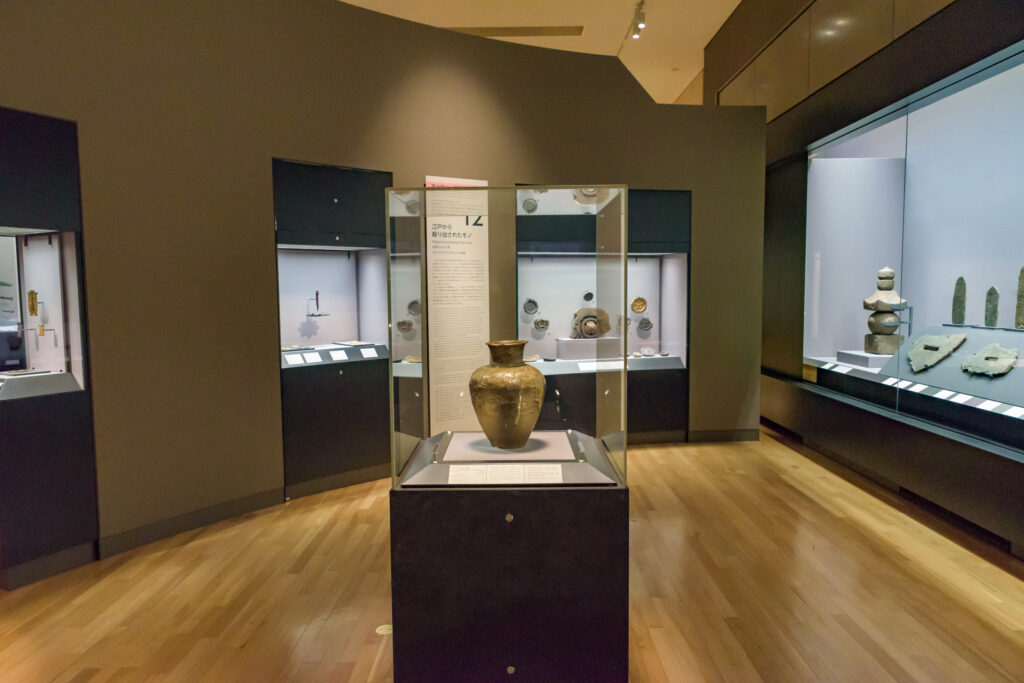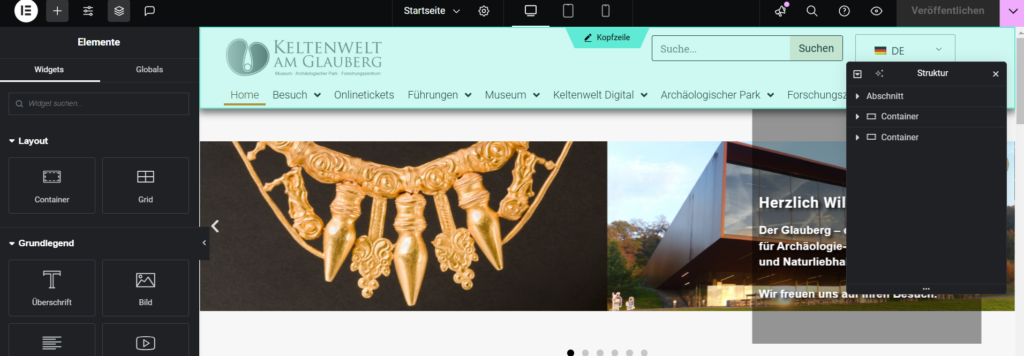In an era where digital interaction is a cornerstone of daily life, museums are continually seeking innovative ways to engage audiences. One powerful tool that has emerged is the use of educational games, particularly browser-based games. These interactive experiences not only captivate visitors but also extend the educational reach of museums far beyond their physical walls.
The Power of Educational Games
Educational games merge learning objectives with interactive play, making complex subjects accessible and enjoyable. Here’s why they are so effective:
- Enhanced Learning Retention: Studies have shown that people retain 90% of information when they actively participate in the learning process, compared to just 10% through passive learning methods like reading or lectures.
- Increased Engagement: Interactive content can boost user engagement by up to 60%, keeping visitors interested and encouraging them to explore more.
- Appeal to Diverse Audiences: Games cater to various learning styles and can be particularly effective in engaging younger audiences who are digital natives.
Browser Games and Museums: A Perfect Match
Accessibility is Key
Browser-based games are easily accessible on multiple devices without the need for downloads or installations. This means:
- Wider Reach: Visitors can engage with museum content from anywhere in the world.
- Ease of Use: Users can play immediately without technical barriers.
- Cost-Effective Deployment: No need for specialized hardware or software investments.
Benefits for Museums
- Enhanced Visitor Engagement
- Interactive Storytelling: Games allow museums to tell stories in immersive ways, making exhibits more memorable.
- Deeper Exploration: Visitors can delve into topics at their own pace, fostering a personalized learning experience.
- Educational Outreach
- Extended Learning: Educational games can supplement school curricula, providing resources for teachers and students.
- Lifelong Learning: Adults also benefit from engaging educational content, promoting continuous learning.
- Attracting Younger Audiences
- Statistics Highlight: According to the Entertainment Software Association, 70% of families have at least one child who plays video games. Tapping into this demographic can significantly boost museum engagement.
- Visitor Retention and Return Visits
- Ongoing Engagement: Games encourage repeat interactions, both online and in-person.
- Building Community: Leaderboards and collaborative challenges can foster a sense of community among users.
- Data and Insights
- Understanding Visitors: Analytics from games provide valuable insights into user behavior and preferences.
- Informing Exhibits: Data can guide future exhibit development and personalized marketing efforts.
Real-World Success Stories
- The British Museum’s “Curate a Gallery” Game: Visitors virtually curate their own gallery, choosing artifacts and learning about their history. This interactive experience has increased online engagement by 35%.
- Smithsonian National Museum of Natural History’s “Habitats” Game: Players build ecosystems, learning about biodiversity. The game has been used in over 1,000 classrooms nationwide.
Cost-Effective Solutions for All Budgets
- Open-Source Platforms
- Unity and Unreal Engine: Offer free tiers that museums can use to develop games.
- Benefits: Reduce development costs while providing professional-quality tools.
- Educational Partnerships
- Collaborate with Universities: Engage students in game development programs to create content as part of their coursework.
- Win-Win: Students gain experience, museums receive innovative games.
- Template-Based Tools
- Platforms like Scratch: Allow for simple game creation without coding expertise.
- Ideal For: Smaller museums or departments with limited technical resources.
Implementing Educational Games: Tips for Success
- Align with Your Mission
- Ensure the game’s content supports your museum’s educational goals and reflects your unique collections.
- Focus on User Experience
- Accessibility Matters: Design games that are inclusive, following the Web Content Accessibility Guidelines (WCAG).
- Mobile Optimization: With over 50% of web traffic on mobile devices, ensure games are mobile-friendly.
- Promote Your Games
- On-Site Signage: Let visitors know about your digital offerings.
- Social Media Campaigns: Utilize platforms like Instagram and Twitter to reach wider audiences.
- Measure Impact
- Set Clear Objectives: Define what success looks like—be it increased engagement, educational outcomes, or visitor numbers.
- Use Analytics: Track metrics to assess performance and inform future initiatives.
How Educational Games Help Visitors
- Active Learning: Engages multiple senses, enhancing understanding and retention.
- Personalized Experiences: Allows users to explore topics of interest at their own pace.
- Increased Accessibility: Can accommodate different learning styles and needs, including features for those with disabilities.
How Educational Games Benefit Museums
- Extended Reach: Attracts global audiences who may not visit in person.
- Enhanced Reputation: Positions the museum as a modern, innovative institution.
- Revenue Opportunities: Potential for monetization through premium content or partnerships.
Statistics That Highlight the Impact
- Educational Effectiveness: A study by MIT found that students using educational games increased their test scores by an average of 14%.
- Visitor Preferences: According to a Museum Association survey, 62% of visitors are more likely to visit museums offering interactive digital experiences.
- Time Spent: Interactive exhibits can increase the time visitors spend engaged with content by up to 30%.
Embracing the Future
The integration of educational browser games is not just a trend but a strategic move that aligns with the evolving expectations of audiences. As technology continues to advance, museums that embrace digital innovation will lead the way in cultural education and engagement.
Additional Insights
- Augmented Reality (AR) and Virtual Reality (VR)
- Next-Level Engagement: Consider future expansion into AR and VR to offer immersive experiences.
- Accessibility Note: Ensure these technologies are used inclusively, providing alternatives for those who cannot access them.
- Community Collaboration
- User-Generated Content: Encourage visitors to contribute ideas or content, fostering a deeper connection.
- Continuous Improvement
- Feedback Loops: Regularly seek user feedback to refine and improve games.
- Stay Informed: Keep up with gaming and educational trends to stay relevant.
Conclusion
Educational browser games offer a dynamic way for museums to enhance learning, engage diverse audiences, and remain relevant in a rapidly changing digital landscape. By investing in these interactive tools, museums not only enrich the visitor experience but also strengthen their position as vital institutions for education and culture.
Whether your museum is large or small, there are accessible options to fit your budget and technical capabilities. The key is to start with clear objectives, leverage available resources, and remain committed to creating meaningful, engaging content.
Embrace the potential of educational games and open new doors to discovery and learning for all your visitors.






